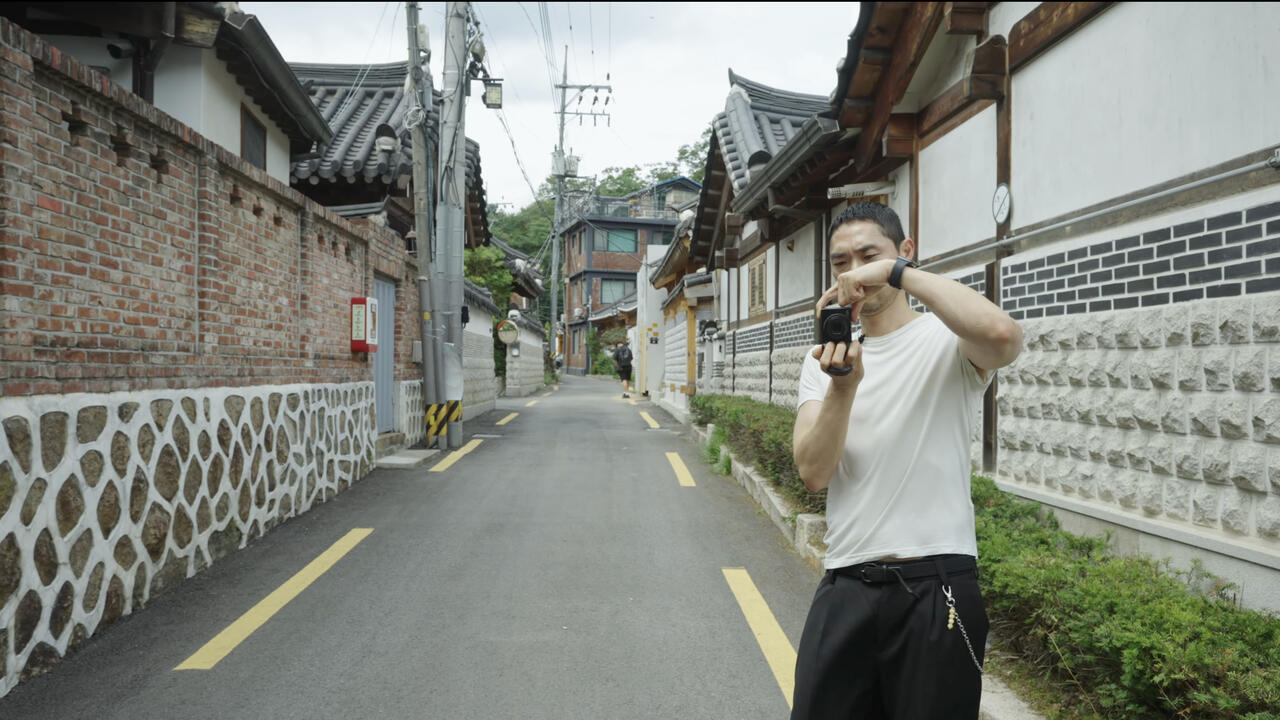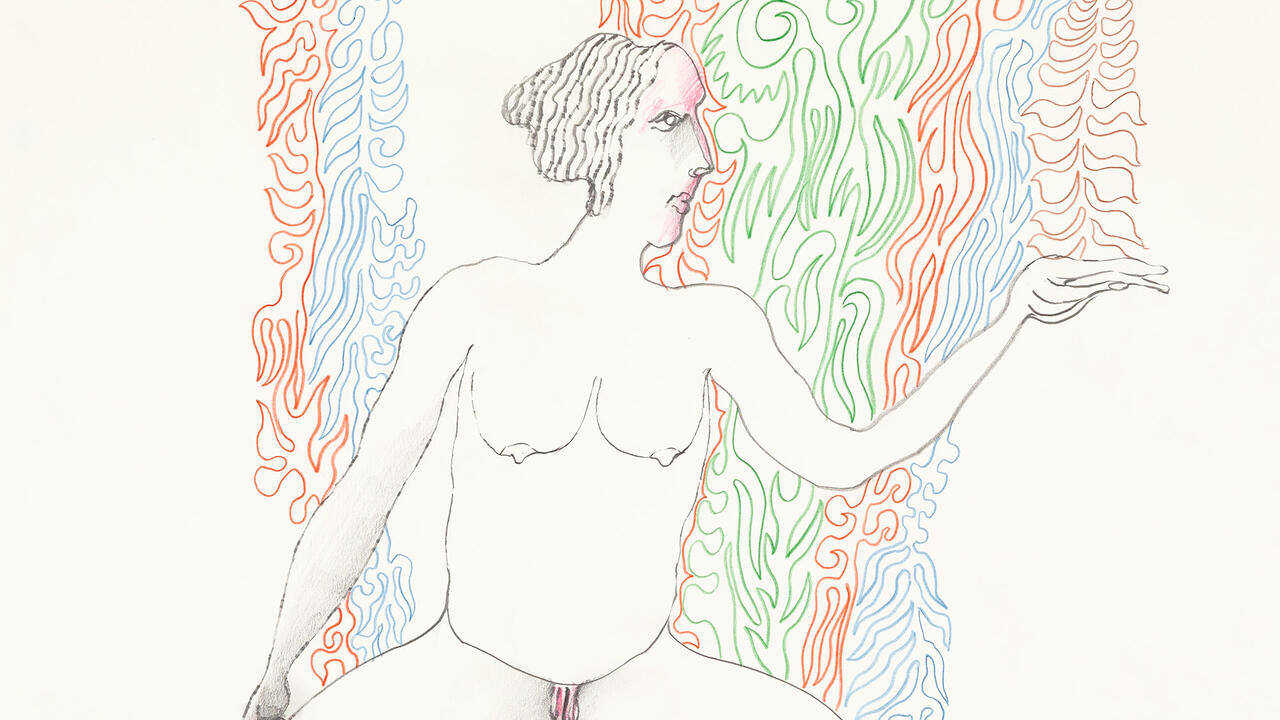Type Cast
Academic sculpture can provide a welcome distraction from contemporary concerns
Academic sculpture can provide a welcome distraction from contemporary concerns

The first one caught my eye on the way out of Mexico City about two years ago. The taxi I was riding in hit a clover-leaf shaped intersection at top speed, and while winding round its curves, I spotted a small bronze statue at the vortex: it was a life-size Charlie Chaplin in full tramp costume. How, I wondered, did such an icon of the individual at odds with mechanized modern times end up as a monument in the inner circles of traffic Hell? My next encounter of this uncanny kind was at the Palm Springs International Airport, where, next to the escalator to the departure lounges, I came upon an anomalous niche. In that dismal nook stood a plinth, and on it sat a bust of former pop singer and feckless Republican politician and former mayor of Palm Springs, Sonny Bono. What a way to be remembered, I thought. But then what exactly was Bono being remembered for: implacable niceness in the face of the indifference that greets total has-beenness or never-really-wasness?
Since then I have been on the look-out for the others in this lost tribe of notables. As luck would have it, my travels for the Venice Biennale afforded ample opportunities for finding them and, when I am properly armed with a camera and have enough time to stalk my prey, for taking pictures that compose an archive of the everlasting honours paid to the mediocre or forgettable and the purgatorial captivity of the formerly great.
Needless to say, everything about academic sculpture – which ranges from accomplished but stolid Neo-Classicism and inept and more stolid Socialist Realism to florid Romanticism and ornate Symbolism with some fascist Art Deco thrown in – goes against the grain of contemporary art of the sort I am gathering for the Biennale. And therein lies the guiltless, obligation-free pleasure of the hunt. My only criterion for this collection is the work’s adulatory function; all the rest is taxonomy, allowing my normally repressed perversities of taste a wide berth, and my powers of discrimination invigorating exercise. For aside from the often minor or dubious distinction of the subjects, and the frequently absurd melodrama of their poses, the sculptures themselves are for the most part impressively crafted: almost by definition academic artists make up in workmanship for what they lacked in imagination. And because of, rather than despite, their aesthetic weaknesses or eccentricities, many are quite memorable – more memorable, indeed, than the people they enshrine or the talents responsible for them.
Italy is rich in such monuments, and Venice especially so. The Giardini, where the majority of the Biennale’s national pavilions are located, are studded with marbles and bronzes of Arctic explorers, aviators and other men of destiny: not least Giuseppe Garibaldi, Giuseppe Verdi and Richard Wagner. My homeboys on the corner, I look forward to seeing them daily. Another, situated in Campo Santo Stefano facing the café where I have morning coffee, has become my icon of the writer. He is Niccolò Tommaseo, a leading light of the Risorgimento, who stands tall atop a pedestal with a Moses-like beard and greatcoat. Supporting him at the back is a buttress of massive floppy books that rise up behind his behind but which to irreverential eyes seem to be cascading from it, whence his local nickname: cagalibri, or the ‘bookshitter’. Knowing this, I often stop, look up at this spiritual ancestor of Piero Manzoni and think how nice it would be if writing were that easy.
My new best friend among these beleaguered paragons of virtue is in Turin. A late duke of Genoa, he was apparently the tragic hero of the Battle of Solferino (1859). However, that heroism is celebrated in what has to be the strangest equestrian – or more accurately the most inadvertently comic anti-equestrian – statue anywhere. For rather than sitting grandly bestride his mount, as is customary, he is portrayed in a futile gesture of command as his warhorse collapses to the ground. His firmly planted field marshal’s hat, rigidly outstretched sword arm and his long, equally rigid goatee are mocked by the slay-legged posture of the animal signalling his irredeemable loss of dignity. He is Don Quixote going down valiantly but without pathos or poetry. He is Peter Sellers, John Cleese or Steve Martin miscast in War and Peace. Maybe I lack an appreciation of the finer points of battle choreography – the duke is no dying swan either – but I wonder if anyone reviewed the sculptor’s plans before green-lighting the final version. Naturally, I am delighted they didn’t stop him. Who needs another triumphant man in the saddle? Had they spared him this artistic ‘fate worse than death’ – the title of my archive – we would be much the poorer for it. And now who among the ill-starred or undeserving eminences of today warrants becoming a contemporary entry? And who will do them proud?
Robert Storr is a critic, curator and Dean
of the Yale School of Art. He is Director of the 2007 Venice Biennale.

















